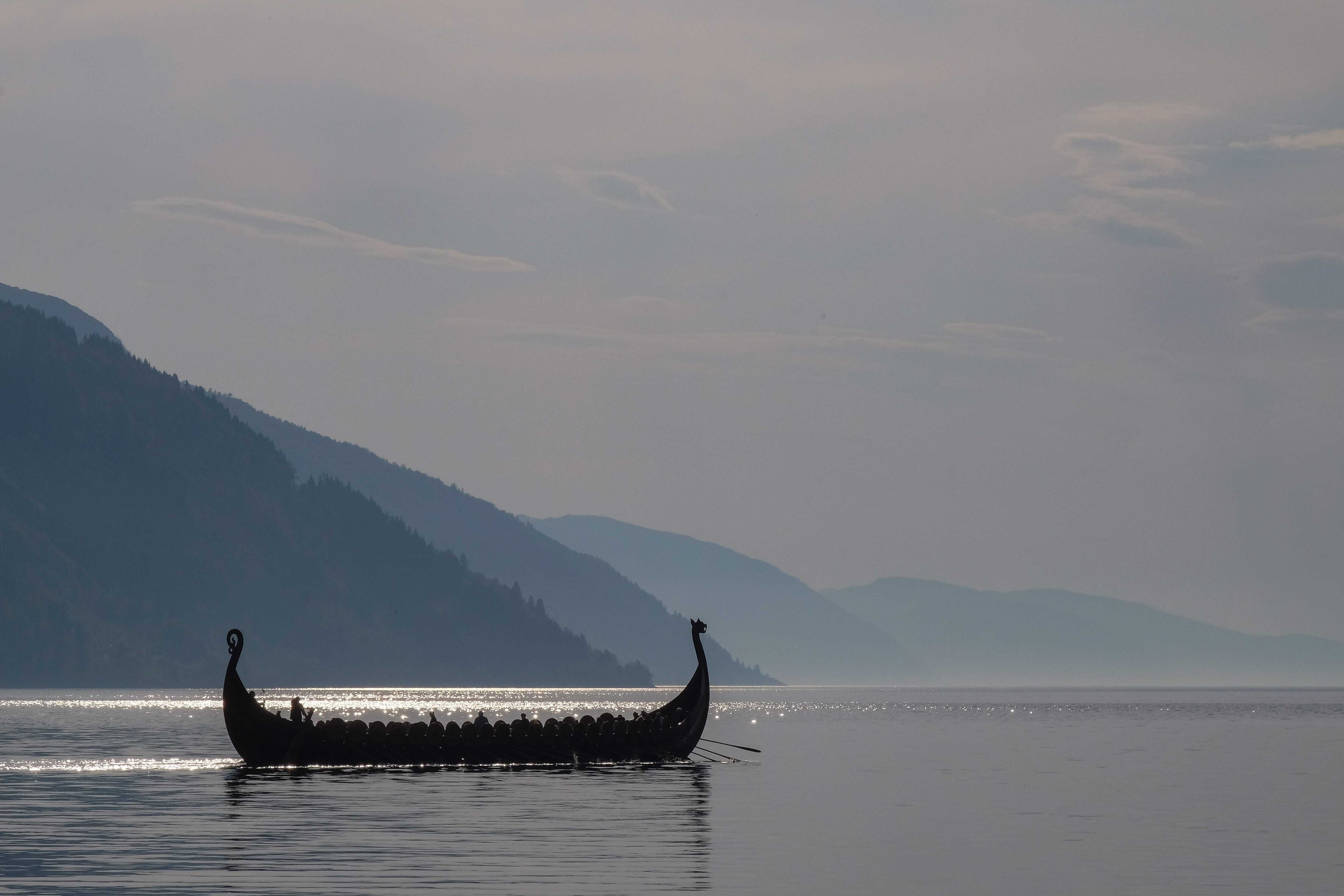So, can you find out if you have Viking Heritage?
Yes, and no. Through DNA testing, it is possible to effectively trace your potential inner Viking and discover whether it forms part of your genetic makeup or not. However, it’s not 100% definitive. There’s no exact Nordic or Viking gene that is passed down through the generations.
Why is there some confusion?
Different nations do not have different genes, that’s a simplified answer. What does exist is the grouping of individuals who share specific genetic traits, however, these traits are not limited to man-made borders or modern-day nation-states. The further confusion here is that Vikings didn’t belong to any single nation anyway, they were Scandinavian colonies who spoke Norse, worshipped in a shared way, shared the same values and culture, and lived between 793-1066 AD.
Who was a Viking?
If we are speaking ethnically, the closest people to a Viking in modern-day terms would be the Danish, Norwegians, Swedish, and Icelandic people. Interestingly though, it was common for their male Viking ancestors to intermarry with other nationalities, and so there is a lot of mixed heritage. If you have Scandinavian ancestry, there’s a good chance you have British or Irish ancestry too, due to the geographical proximity of Britain and Ireland to Scandinavia.
Does Viking ancestry mean I’m from Scandinavia?
The answer to this question is subjective. What a DNA test can share is whether some of your descendants were part of an ancestry line that passed through Scandinavia between 793AD and 1066AD. The reason for your ancestors being in Scandinavia at that time may not necessarily imply that they were Vikings.

What do the genetic markers say about Vikings?
Genetic information is carried in your DNA.
- DNA is the main aspect of chromosomes.
- Males have a Y and an X chromosome, whereas females have two X chromosomes.
- The Y chromosome in men contains information about the changes that have happened in the direct male lineage - these are called mutations.
- There are two types of mutations - STR and SNP.
STRs occur in each generation and help to uniquely identify a person and their haplotype.
- SNPs do not occur as often as STRs but they define your haplogroup.
- There are 20 major different Y chromosome haplogroups.
- The most important or identifiable haplogroup for Vikings is I1, as well as R1a, R1b, G2, and N.
- The SNP that defines the I1 haplogroup is M253.
- A haplogroup is a group of similar haplotypes that share a common ancestor.
- A subclade is a subgroup of a haplogroup
Delving deeper into the science
Having the I1, R1a and R1b mutation doesn’t mean your ancestors were Vikings, but it does increase the chances that they could have been. These mutations occurred a long time ago and contain important information about a large geographic area and mix of people.
What we consider to be ‘Scandinavian’ in 2019, generally refers to people from groups I1, R1a, and R1b. R1a is commonly found in Eastern Europe and the Baltics. R1b is commonly found in Ireland, Scotland, Wales, Western France and North-Eastern Spain, whereas I1 exists predominantly in Norway, Sweden, and Denmark, as well as Iceland, and also in smaller numbers in Finland.
Outside of Scandinavia, Britain is the place where you’re most likely to find people with Viking heritage as the Vikings settled here and colonised. People who live in Britain and have I1 in their DNA can be quite confident, especially if their paternal name is Norse, that their ancestry is somewhat Viking.
Thanks to an interesting part of DNA testing called ‘subclades’, we are able to see where mutations occurred in space and time. Subclades act as the branches of haplogroups, getting that level of detail more refined, kind of like leaves on the end of a tree. This is done by comparing different genetic profiles against each other and helping to define whether someone was likely to be a Viking, a Thrall, an Angle, a Jute, or could be classed under one of the other subclades below.
I-Y17395 — Scotland.
I-M227 — Baltic countries, Russia, Poland, France and southern England.
I-Y18103 — Poland, Slovakia, Hungary, and Russia.
I-S10891 — Normandy and Britain.
I-Y4045 — England and Ireland.
I-Y3664 — Schleswig-Holstein, Normandy and Guernsey.
I-Y5621 — Normandy and Britain.
I-L813 — Britain.
R1a-Z284 — Scotland, England and Ireland.
How do I know if I have Viking ancestry?
Being tall, with blonde hair and blue eyes is not going to be enough to count as evidence, so you’re going to need to go down the scientific route and delve further by taking a DNA test.
At the peak of Danelaw, which is the name of the territory of Britain that the Danes controlled, as much as ⅓ of the island was under their control. Names ending with ‘howe’ and ‘thorp’ are just a couple of examples of traces left from these times. Rogers, Rendall, Love, Short, Tall, Wise, Long, and Good are all likely to be remnants from the Vikings too. You may also be surprised to know that Scottish and Irish surnames starting in Mc and Mac also come from Scandinavia, as well as surnames ending in son or sen.
Begin your exploration into the past right now...
We sell one of the world’s most detailed DNA ancestry kits, turning a quick and simple mouth swab into an enriching journey through the history of your ancestors. Allow us to provide you with some clarity and unravel the mysteries of your heritage.
